Login
Subscribeimmunology
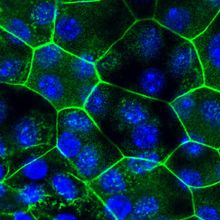
Bladder ‘Memory’ Influences Urinary Tract Infection Recurrence in Mice
Alejandra Manjarrez, PhD | Apr 12, 2023 | 3 min read
Urinary tract infections leave permanent epigenetic marks in the mouse bladder epithelium, reprogramming its response to subsequent infections, a study finds.
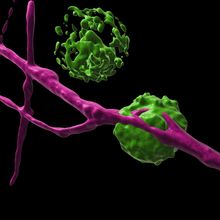
How Cells in the Skin Team Up To Fight Pathogens
Rachael Moeller Gorman | Apr 12, 2023 | 4 min read
Immune cells and pain neurons form complex partnerships to protect our bodies from pathogens, new research reveals.
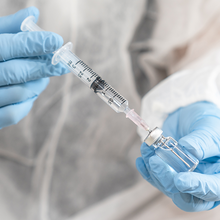
Modulating the Immune Response to Vaccines
The Scientist’s Creative Services Team | 1 min read
Researchers uncover innovative natural approaches to fine-tune immunity from vaccination.
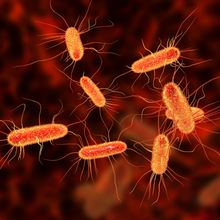
New Synthetic E. coli Is Immune to Bacteriophage Infection
Anna Napolitano, PhD | Mar 30, 2023 | 3 min read
Self-contained synthetic E. coli resistant to viral infection could prove invaluable to the biotechnology industry by increasing product consistency and reducing safety concerns.
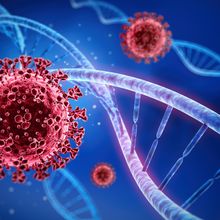
COVID-19 Infections May Reshape Genetic Landscape
Holly Barker, PhD | Mar 30, 2023 | 3 min read
SARS-CoV-2 infection triggers structural changes in the host cell’s DNA, which provide a molecular explanation for long COVID, a new study suggests.
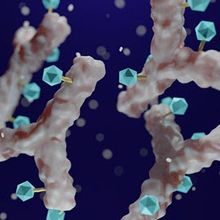
Advances in Antibody Therapeutics
Elina Kadriu | 4 min read
Scientists engineer therapeutic antibodies with improved stability and efficacy.
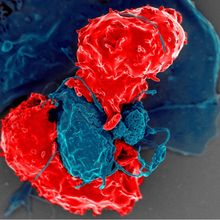
Gut Bacteria Help T Cells Heal Muscle: Study
Natalia Mesa, PhD | Mar 14, 2023 | 4 min read
Regulatory T cells in the colon travel to muscles to promote wound healing in mice, raising questions about how antibiotics may impact injury recovery.
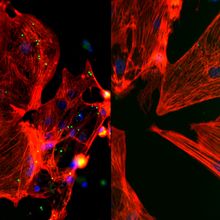
Parasite Drove Natural Selection in Amazonian Indigenous Groups
Natalia Mesa, PhD | Mar 13, 2023 | 4 min read
The findings could help researchers understand why some individuals are more vulnerable to deadly Chagas disease.

A Spotlight on Cancer Cell Metabolism
The Scientist’s Creative Services Team | 1 min read
In this webinar, Elena Piskounova and Christina Towers discuss the implications of metabolic changes in cancer cells for therapeutic development and efficacy.
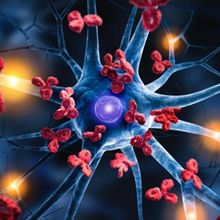
Meningitis Bacteria Trigger Headaches, Then Sneak Into the Brain
Natalia Mesa, PhD | Mar 6, 2023 | 3 min read
Researchers find that bacteria stimulate a headache-causing pain pathway to suppress the immune system and infect the brain.
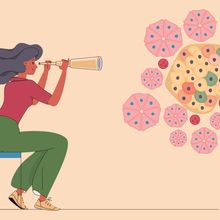
Opinion: New Diabetes Drug Signals Shift to Preventing Autoimmunity
Jane Buckner, MD and Carla Greenbaum, MD | Mar 1, 2023 | 4 min read
A therapy for type 1 diabetes is the first to treat patients before symptoms appear, paving the way toward preventing this and other autoimmune diseases.
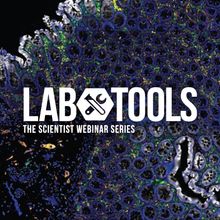
Efficient and Flexible Spatial Multiplexing: Assay Development Guidelines for ChipCytometryTM
The Scientist’s Creative Services Team | 1 min read
In this webinar, Karen Kwarta will discuss advancements in cellular multiplexing assay technology.
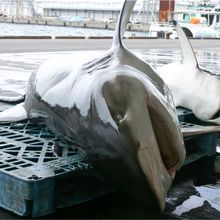
Researchers Make Alternatives to Shark-Sourced Vaccine Ingredient
Natalia Mesa, PhD | Feb 22, 2023 | 3 min read
Synthetic variations of squalene, which is used to boost immune responses, could make vaccines more effective while reducing fisheries for struggling sharks.
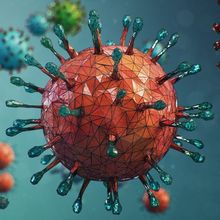
SARS-CoV-2 Infection Can Alter Future Immune Reponses
Niki Spahich, PhD | Feb 22, 2023 | 3 min read
Males recovered from mild COVID-19 have baseline immune states primed to mount stronger responses to future challenges.
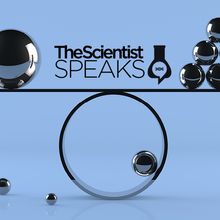
Immune Cells and ALS: A Balance Between Life and Death
The Scientist’s Creative Services Team | 1 min read
Understanding the role of immune cells in neurodegeneration may help scientists develop new diagnostic, prognostic, and treatment tools.

RSV Vaccines That Work?
Rachael Moeller Gorman | Feb 16, 2023 | 10+ min read
Multiple candidates are in Phase 3 clinical trials for older adults and pregnant women, with some getting close to approval in the United States.
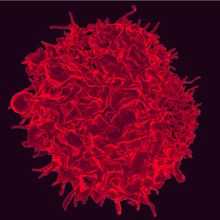
Jumping Genes Put a Target on Cancerous Cells
Natalia Mesa, PhD | Feb 14, 2023 | 4 min read
Two studies find that tumor-specific antigens are often peptides that result from a splicing event between exons and transposable elements.

How Gut Microbiomes Shape Anti-Tumor Immune Responses
The Scientist’s Creative Services Team | 1 min read
In this webinar, Andrew Y. Koh will discuss the role of the gut microbiome in modulating cancer immunotherapy.
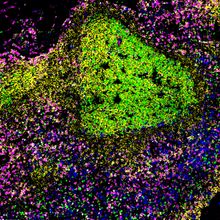
Targeting Antigen “Sanctuary” in Lymph Nodes Could Make Vaccines Better
Natalia Mesa, PhD | Feb 10, 2023 | 3 min read
Researchers find that small sacks inside lymph nodes contain low proteolytic activity and act as safe havens for antigens.
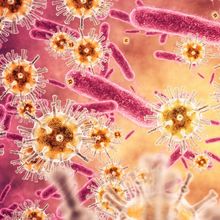
Q&A: What if Immune Cells Don’t Actually Detect Viruses and Bacteria?
Dan Robitzski | Feb 3, 2023 | 10+ min read
The Scientist spoke with Jonathan Kagan about his idea that immune cells respond to “errors” made by unsuccessful pathogens, not the pathogens themselves.